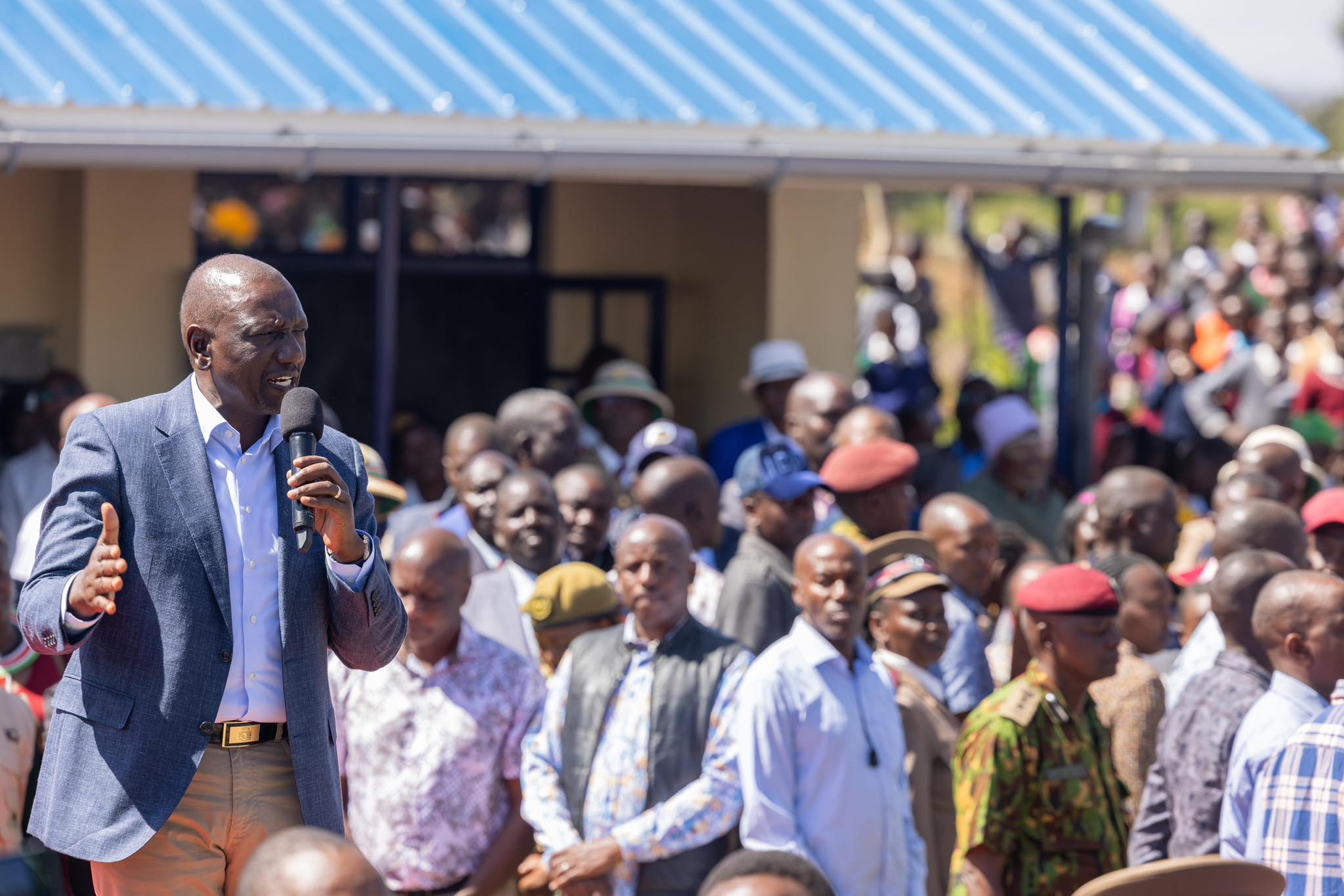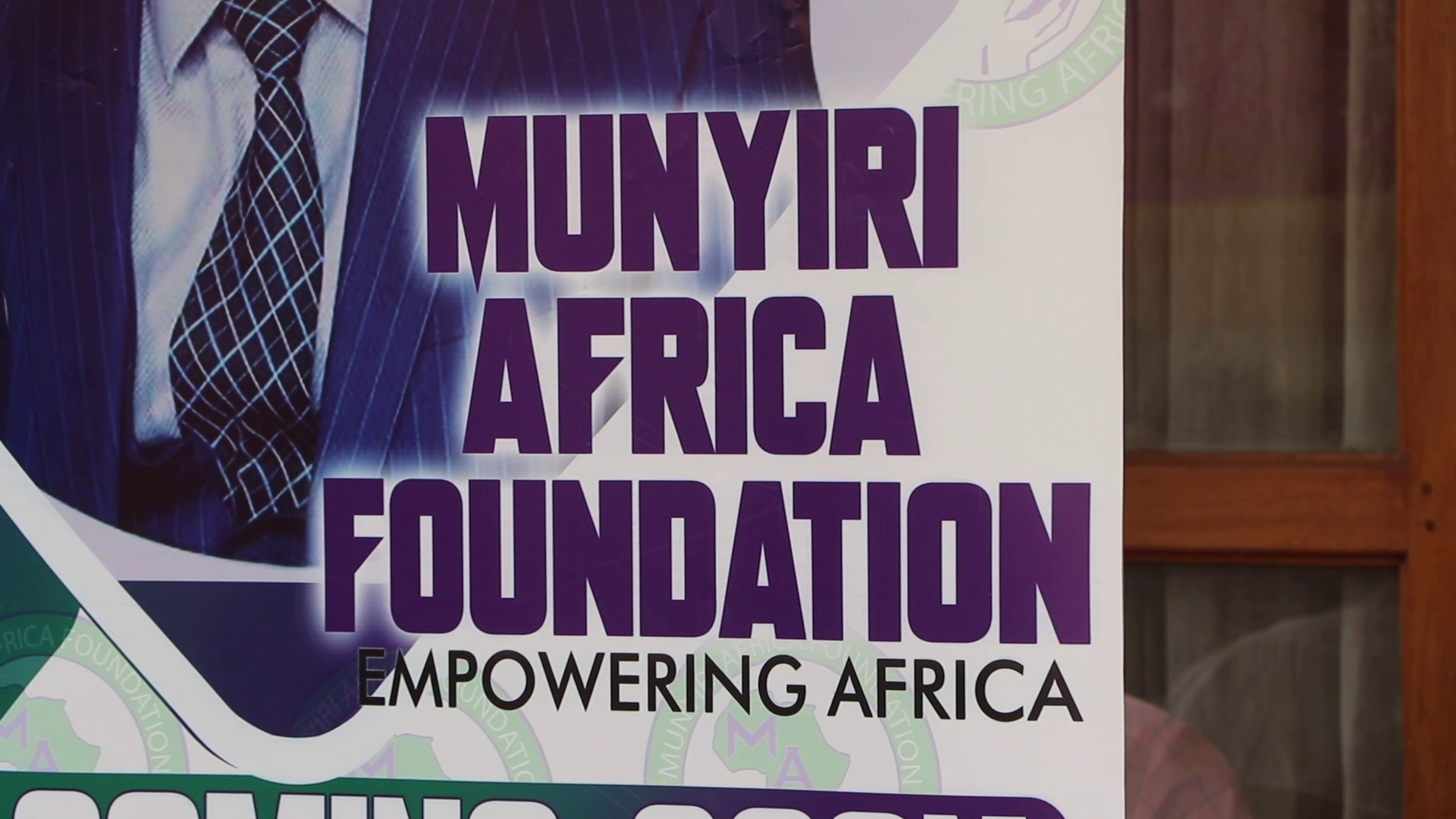By Jackson Okoth
An American consultancy appointed to assist the Sacco Societies Regulatory Authority (SASRA) set up a facility to allow Saccos lend to each other like banks do, is almost completing the task.
Madison-based Dave Grace & Associates is expected to provide a roadmap for establishment of central liquidity facility for Savings and credit Cooperative Societies (Saccos). The platform is to be operational before the end of this year.
“The establishment of a central finance facility for Saccos is still work in progress. A consultant hired to do this job has been on it for the last four months and is almost concluding the work,” said John Mwaka, Acting SASRA Chief Executive Officer.
He made these remarks at a recent Sacco stakeholders meeting in Mombasa that discussed some of the opportunities as well as challenges facing the industry.
Plans to set up an inter-lending facility for Saccos comes at a time when the sector is faced with difficult choices following a move by banks to cut their lending rates.
Industry sources told Sacco Review that while Mwalimu National has a commercial banking license; it is still unclear whether teachers will be willing to share the inter-lending facility that Spire Bank has access to, with other Saccos.
Co-operative Bank of Kenya also can also offer an inter-lending facility for Saccos but the bank is also a player in the Sacco industry and thus will be reluctant to offer this platform to the competition.
Although Kenya Union of Savings and Credit Co-operative Organization (KUSCCO) Limited has a Central Finance Fund where Sacco members can access, there is a general feeling that the KUSCCO platform remains unregulated and therefore pose significant risks to most Deposit-Taking Saccos.
Owing to lack of a Central Finance Facility, most DT Saccos are faced with persistent illiquidity problems. Borrowing from commercial banks remains the only option. But bank loans are expensive for many of these Saccos.
“Only the establishment of an inter-Sacco lending facility will solve this problem. Discussions and plans are at very advanced stages to establish this platform,” said Peter Njuguna, the Head of Supervision at SASRA.
He added that the Sacco regulator has also drafted a policy document that will guide discussions on how Saccos can participate in the national payment system. At present, Saccos are not able to issue cheques directly to their members and can only access the national payment system by partnering with commercial banks.
“A number of Deposit-Taking Saccos face liquidity challenges and have been forced to source for external funding which is expensive. A study is thus being undertaken to determine viability of establishing a Central Liquidity Fund,” Ali Noor Ismail, Principal Secretary, State Department of Co-operatives, Ministry of Industry, Trade & Co-operatives said while addressing top Sacco officials at a recent stakeholders’ workshop in Mombasa.
A number of Deposit-Taking Saccos have been under severe liquidity constrains with the regulator having to withdraw the Front Office Service Activity(FOSA) license for a number of Societies, advising them to revert to back office operations.
“We have eight Saccos which have had their licenses withdrawn due to inability to meet capital ratios and having a compromised credit quality,” said Njuguna.
Dave Grace & Associates will explore the possibilities of having SASRA directly fund Saccos through a discount window modeled alongside that of the Central Bank of Kenya (CBK).
Already, National Treasury has indicated that it has set aside undisclosed amount of cash to be used in setting up an inter-lending facility for Saccos.
Although the Sacco industry was eyeing the Central Finance Facility, operated by KUSCCO, the lobby is reluctant to surrender the facility.
A move by National Treasury and SASRA to set up a parallel central finance facility to provide Saccos with short term liquidity comes after the industry failed to come up with its own platform, including a cheques clearing system similar to the one run by Kenya Bankers Association (KBA).
One option being explored to end illiquidity in Saccos and allow their entry into the national payments system include identifying one commercial bank to act as a clearing and settlement bank for all the Saccos. This idea could help avoid the nasty competition among Saccos when each is allowed to issue and clear their own cheques.
Not all Sacco executives agree that time is ripe for the societies to enter the national payment system of even access their own inter-sacco lending facility.
“We are among Saccos that have yet to partner with any commercial bank for purposes of issuing personalized cheques. This is because our members transact their business through the FOSA accounts. The idea of an inter-Sacco lending facility appears far-fetched,” said David Mategwa, Kenya Police Sacco Society Limited National Chairman.
The amount of cash flowing within DT Saccos is said to be dismal to warrant a fully-fledged inter-Sacco lending facility.
Incidentally, while the idea of establishing Co-operative Bank of Kenya was for the institution to serve as the bank for co-operatives, it has since transformed its structures and is now having the features of any other commercial bank.
It therefore treats Saccos just like one of its customers as it seeks for business from other segments of the economy.


